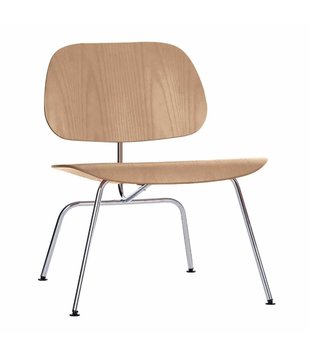Vitra

This very comfortable lounge chair by Hella Jongerius has many faces, ranging from modest and calm to cheerful and bright colored, made of a unique mix of materials.
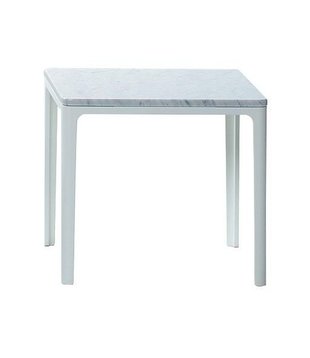
This elegant side table looks beautiful because of the mix of a Carrara marble table top and an airy slim steel frame.

The Vitra Hal Ply Stool consists of a durable stainless steel frame topped with a lightweight natural wood seat.
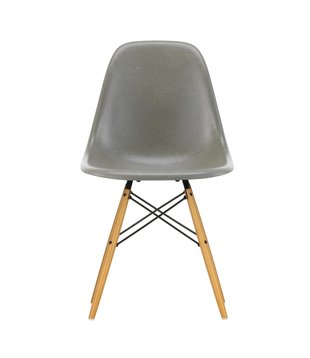
The Vitra DSW - Maple gold is a fine example of practical and aesthetic design.

The many years of experience of Hella Jongerius as art director for colors and materials at Vitra can be clearly seen in the colored design of the Vlinder sofa.
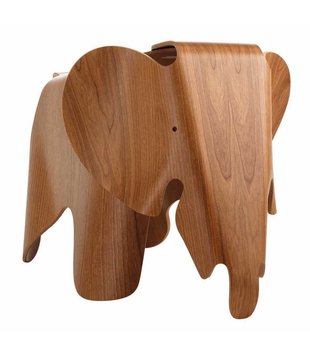
The Eames’ designed the Elephant as a children’s toy and stool, but it has now become a popular design classic that can be used anywhere.
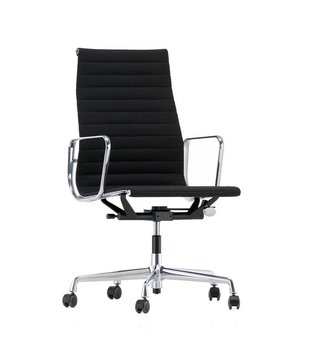
The EA 119 chair adapts to the body of the sitter and is exceedingly comfortable, even without elaborate upholstery.
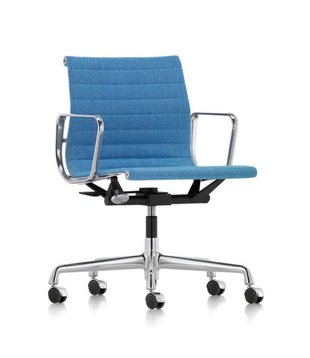
The EA 117 chair adapts to the body of the sitter and is exceedingly comfortable, even without elaborate upholstery.

The back of the Grand executive is provided with a neck cushion that can be adjusted in height by means of a FlowMotion mechanism. This means that the resistance of the backrest can be adjusted individually and excellent comfort is guaranteed!
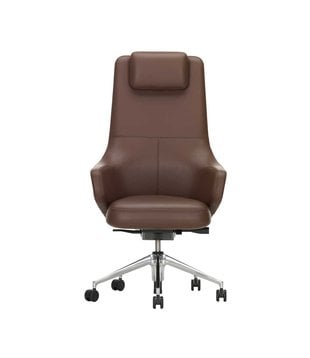
The high back of the Grand executive is provided with a neck cushion that can be adjusted in height by means of a FlowMotion mechanism. This means that the resistance of the backrest can be adjusted individually and excellent comfort is guaranteed!

The Rookie by Vitra is a simple design and, in contrast to the impressive office chairs that we currently see in the office world, is a relief, and is therefore a breath of fresh air in the office chair world.
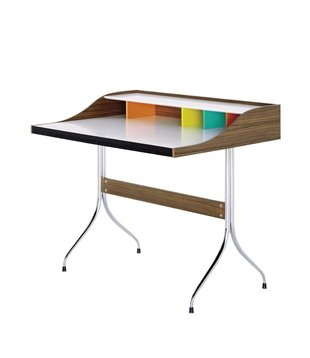
The Home Desk is a compact workplace with all the functions of a standard desk.
Vitra
A family business for eighty years, Vitra believes in lasting relationships with customers, employees and designers, durable products, sustainable growth and the power of good design.
The Swiss Vitra has been producing beautiful and iconic chairs, tables, lamps and home accessories for private homes as well as offices and public spaces since the 1950s. The strength of the brand lies in the products designed by the world's most renowned designers such as Charles and Ray Eames, Verner Panton, Jean Prouvé, Hella Jongerius, the Bouroullec brothers and many others. Together with them, they make high-quality design furniture with an eye for sustainability and innovation. Vitra already has many design classics to its name, such as the very popular Eames Loungechair and the Eames Plastic Chairs. The collaboration between Vitra and Ray and Charles Eames in the 1940s/50s was therefore a golden opportunity.
The Vitra Chairs:
Vitra is well known for its chair collection. For example, there is the Panton Chair, DSW, DAR, DAW and the DSR series, all very specific and iconic by now.
The Vitra tables:
There are dining side tables and coffee tables, most designed by Charles & Ray Eames. But the tables of the other designers are also very well known, such as the coffee table by the designer Isamu Noguchi. this table has a sculptural organic shape and a ditto glass table top.
Vitra Lamps:
Then you immediately think of the Akari collection, which consists of no less than 55 versions, this series was designed by Isamu Noguchi. The series consists of floor lamps, pendant lamps and table lamps. All these lamps are still made by hand from shoji paper and therefore beautifully traditionally filtered, creating a warm glow and a pleasant atmosphere.
Vitra Clocks
All Vitra clocks are designed by George Nelson, a well-known designer from the United States. Today, the studio of designer George Nelson is considered one of the founders of American modernism and one of the most influential American furniture designers of the 1950s. Nelson was active as a designer, graphic artist, architect, exhibition organizer, design manager and design promoter. A design critic and theorist, he is also the author of a number of books 'Tomorrow's House' (1947), 'Problems of Design' (1957), 'How to see' (1977), 'On Design' (1979), and a special rich journalistic body of work that has influenced the international approach to design and architecture for decades.
